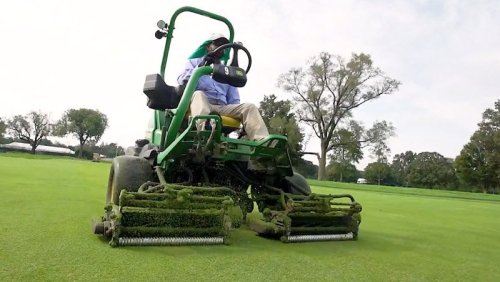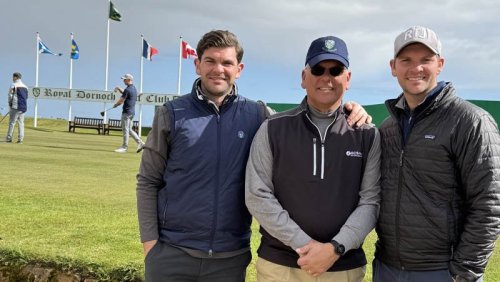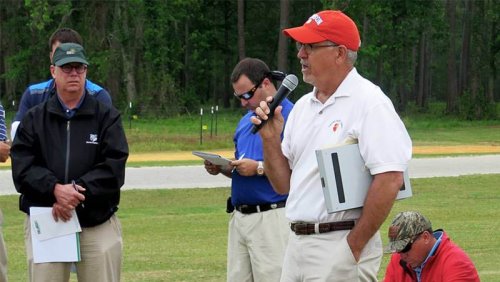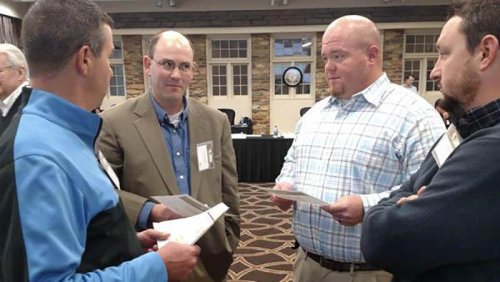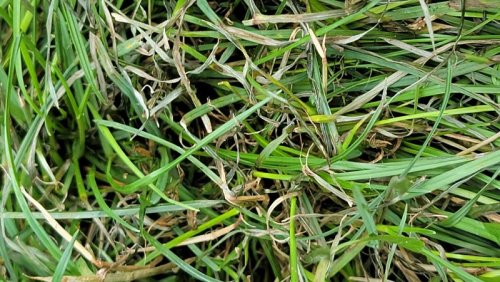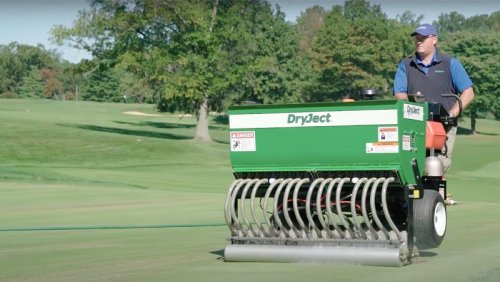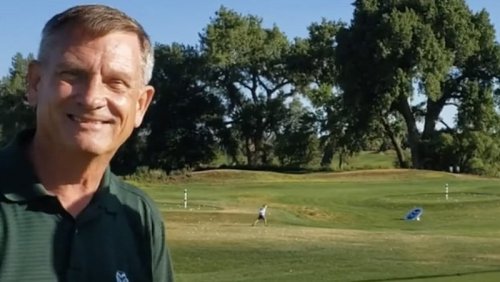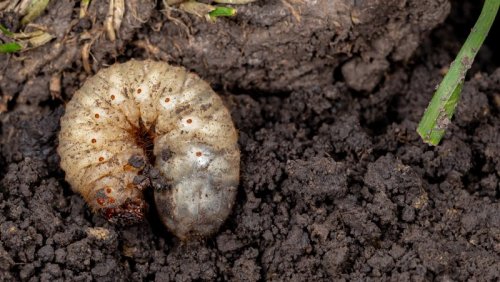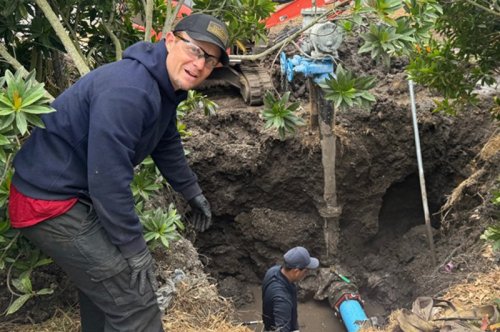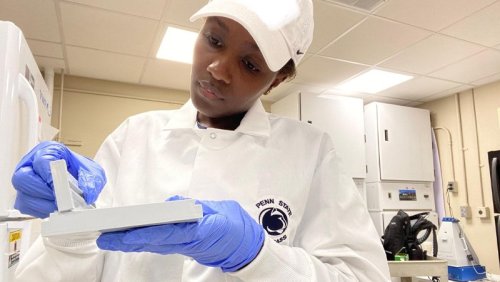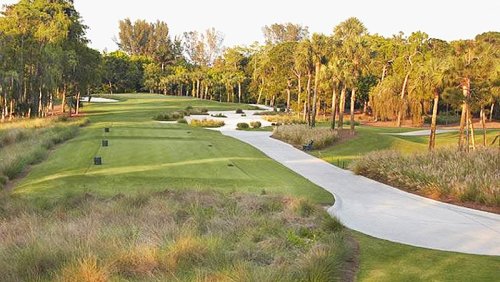

For superintendents seeking to squeeze every drop from their irrigation water, Harrell's recently launched its SurfaceRx wetting agent.
SurfaceRx is the latest in technical innovation from Harrell's and the newest addition to its HydroMAX portfolio of products.
"Several years ago, our research and development team at Harrell's was challenged with reimagining what a wetting agent formulation could be,” said Dr. Jeff Atkinson, Harrell’s director of agronomy. "SurfaceRx introduces a novel osmoprotectant technology to a wetting agent formulation, helping turf withstand drought stress on a physiological level while mitigating soil water repellency."
SurfaceRx is an osmoprotectant formulation that supports the plant's natural production of osmolytes, which are compounds that help balance hydration during abiotic stress, such as drought.
The result is improved moisture penetration and water distribution while helping turf naturally defend against drought and dry-down stress and results in improved color, quality and root development under challenging conditions.
Independent research conducted at Virginia Tech showed that SurfaceRx improved water penetration and moisture distribution and also resulted in significant improvements in turf quality, leaf color and chlorophyll content, photochemical efficiency, root surface area and root volume during drought stress.
"This isn't just about water movement or moisture management, it's about plant protection and turf health," said Raymond Snyder, Ph.D., of Harrell's "We're giving superintendents a tool that supports turf performance, resiliency, and maximum soil moisture control."
- Read more...
- 2,711 views


